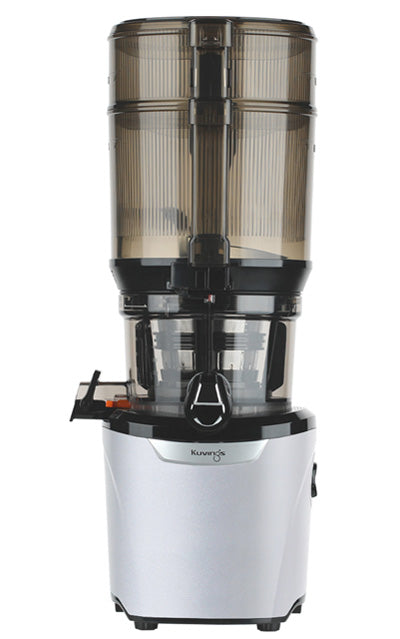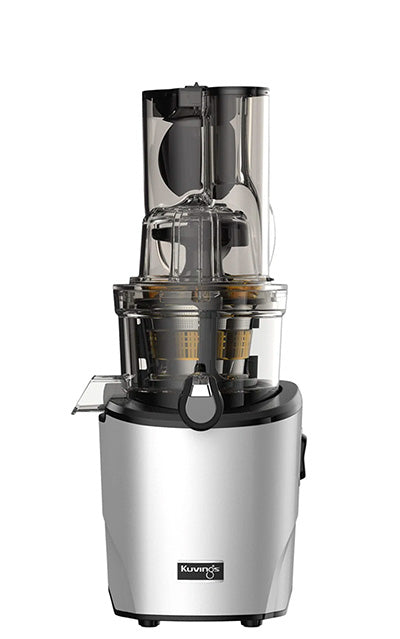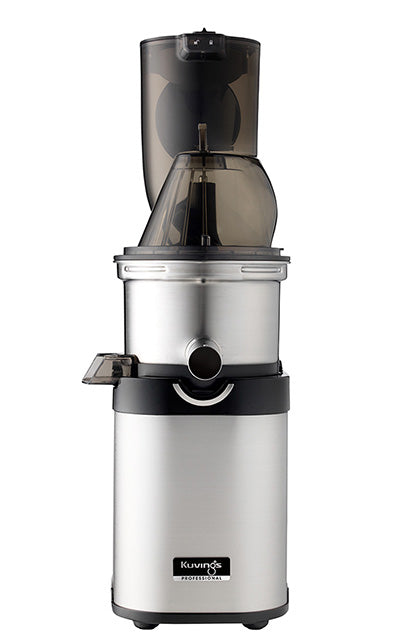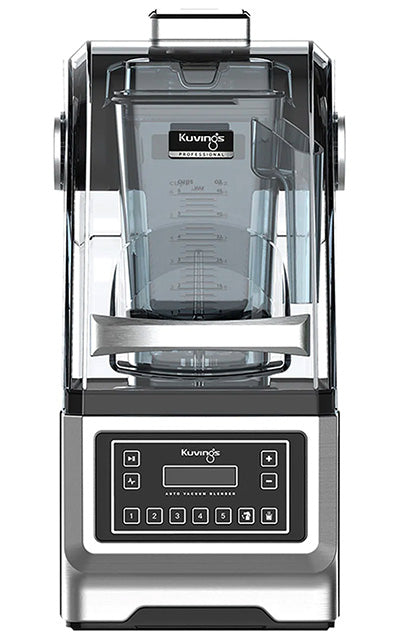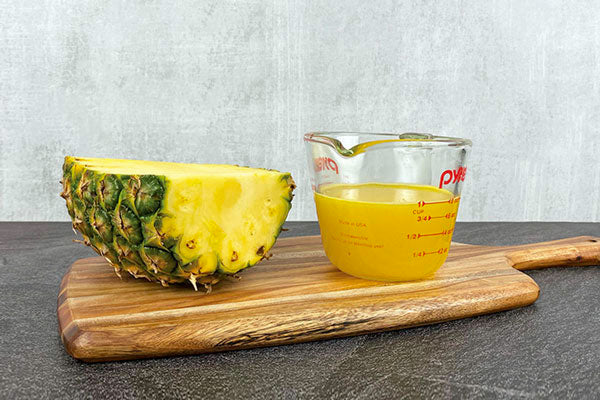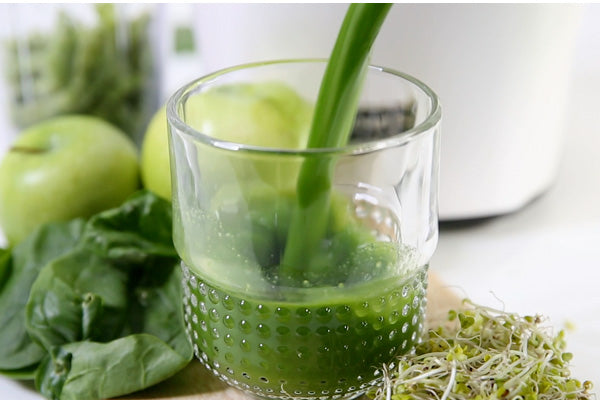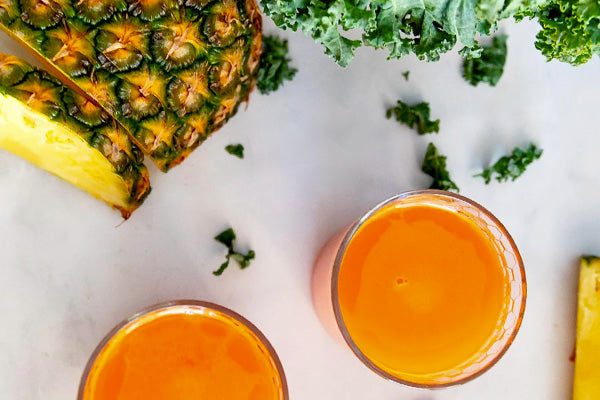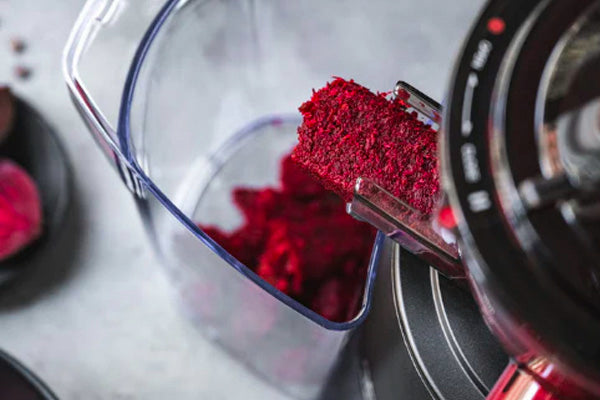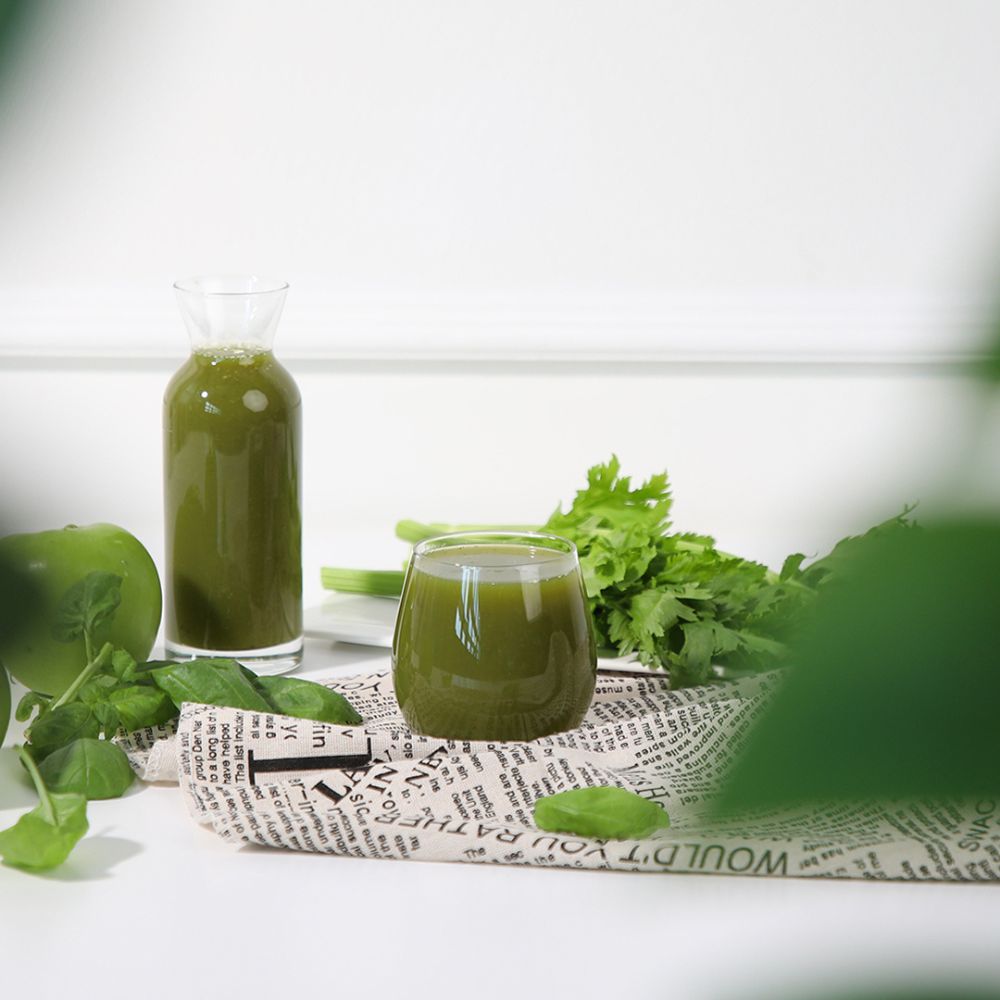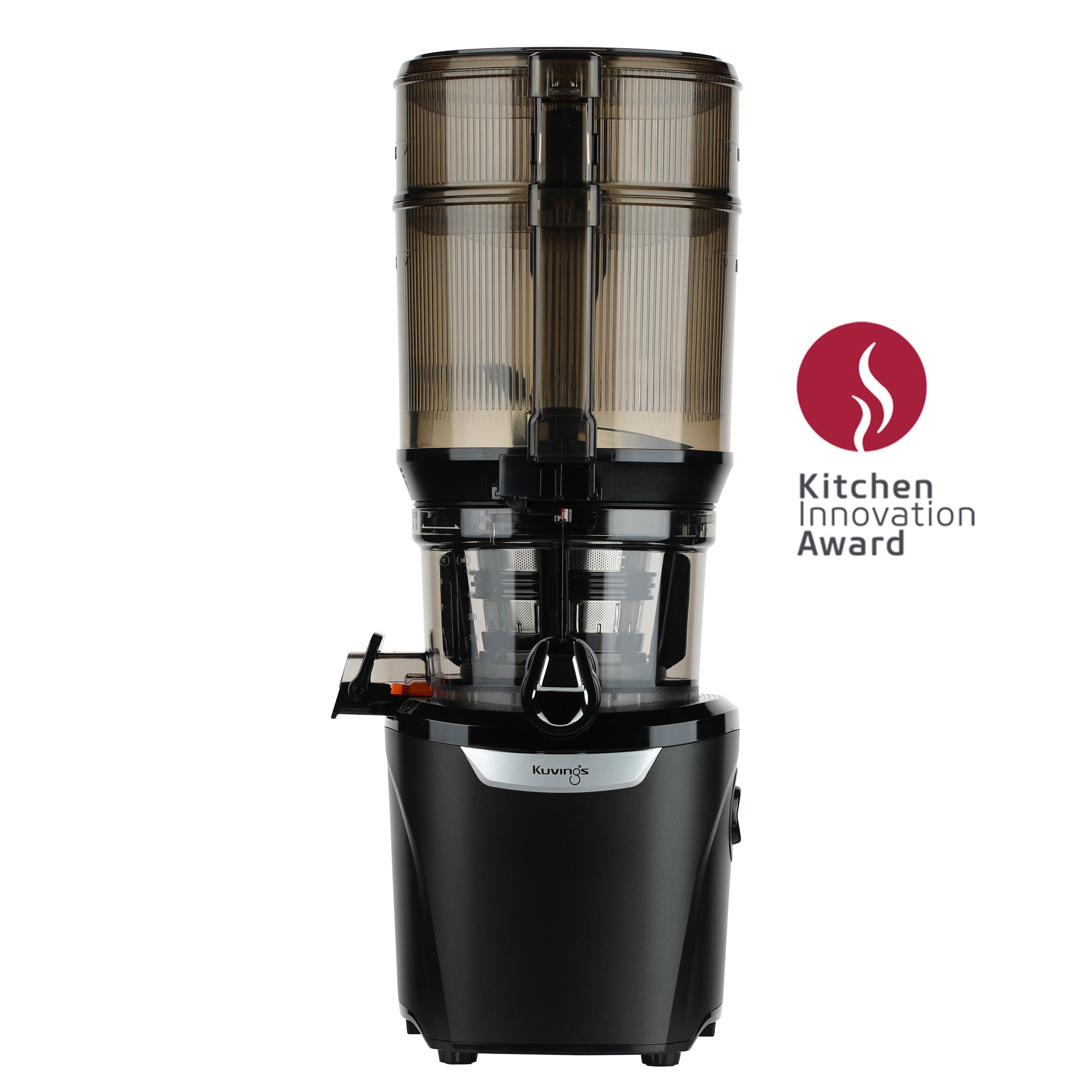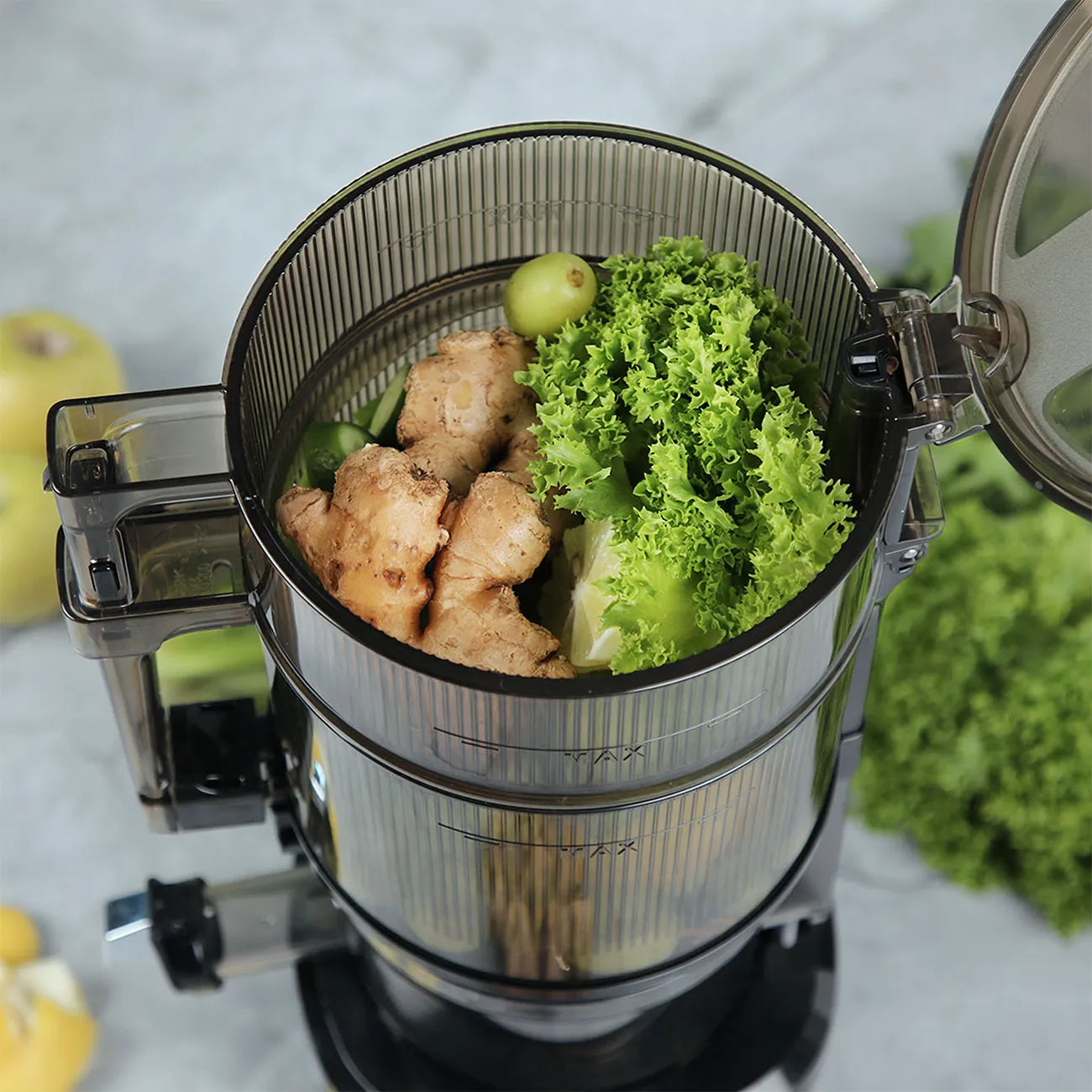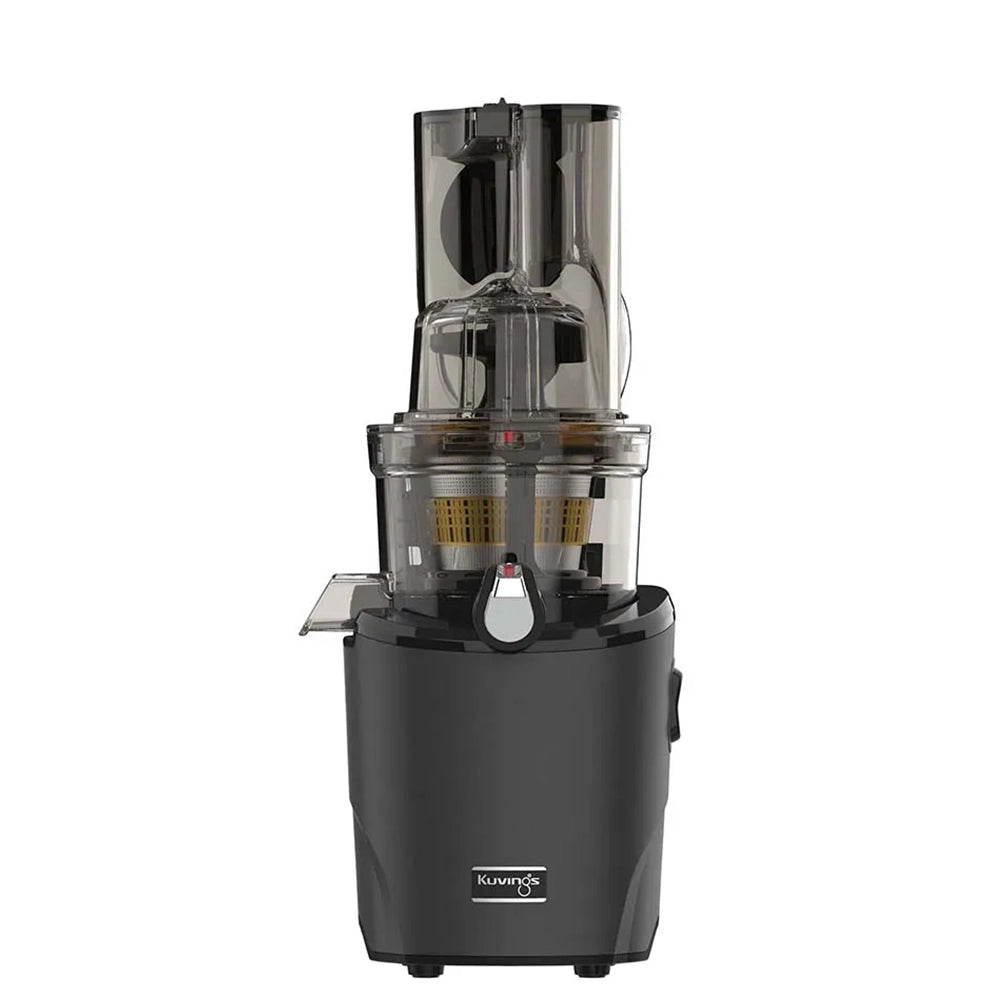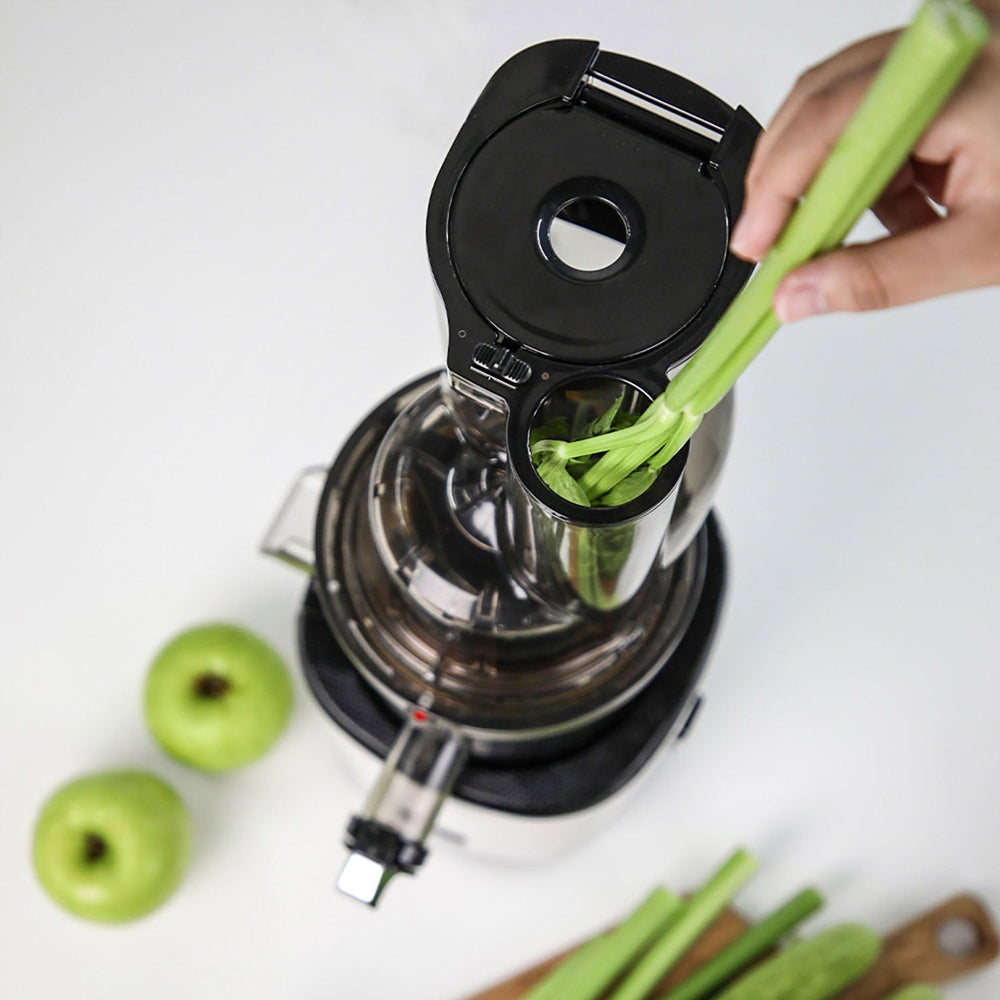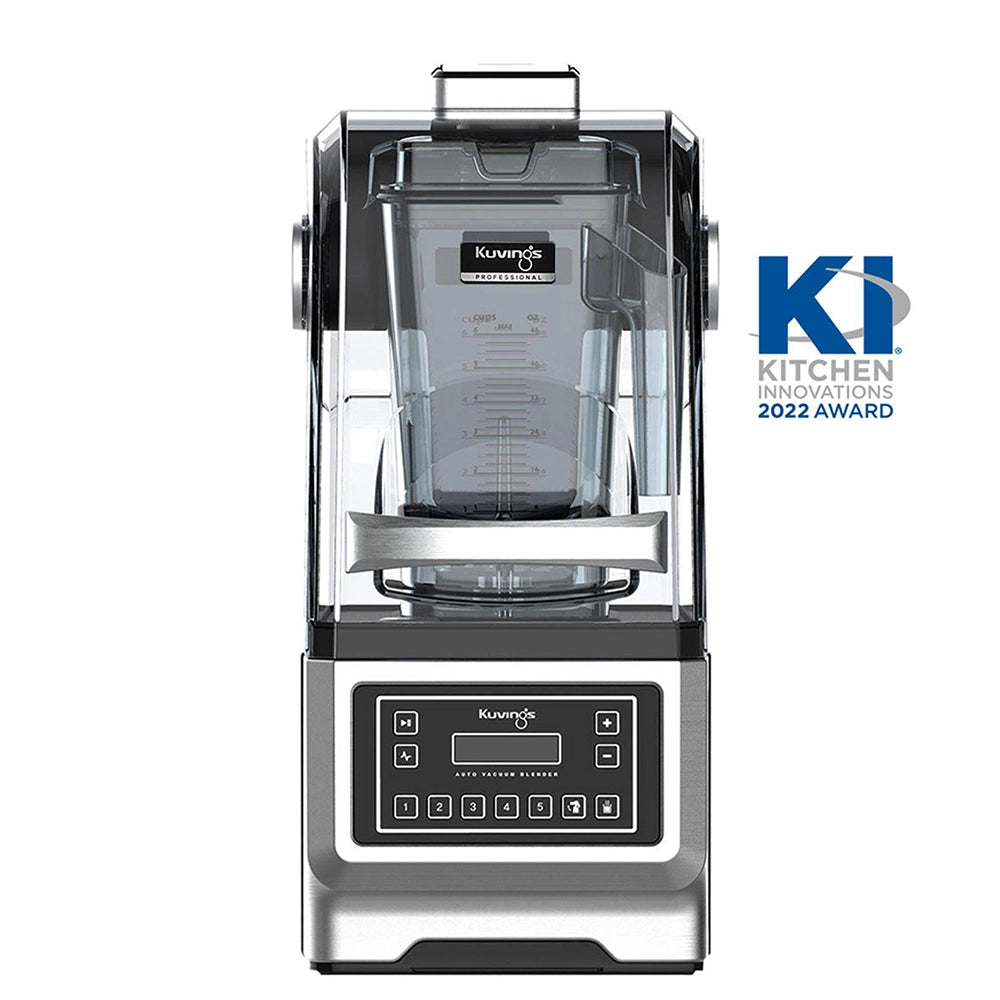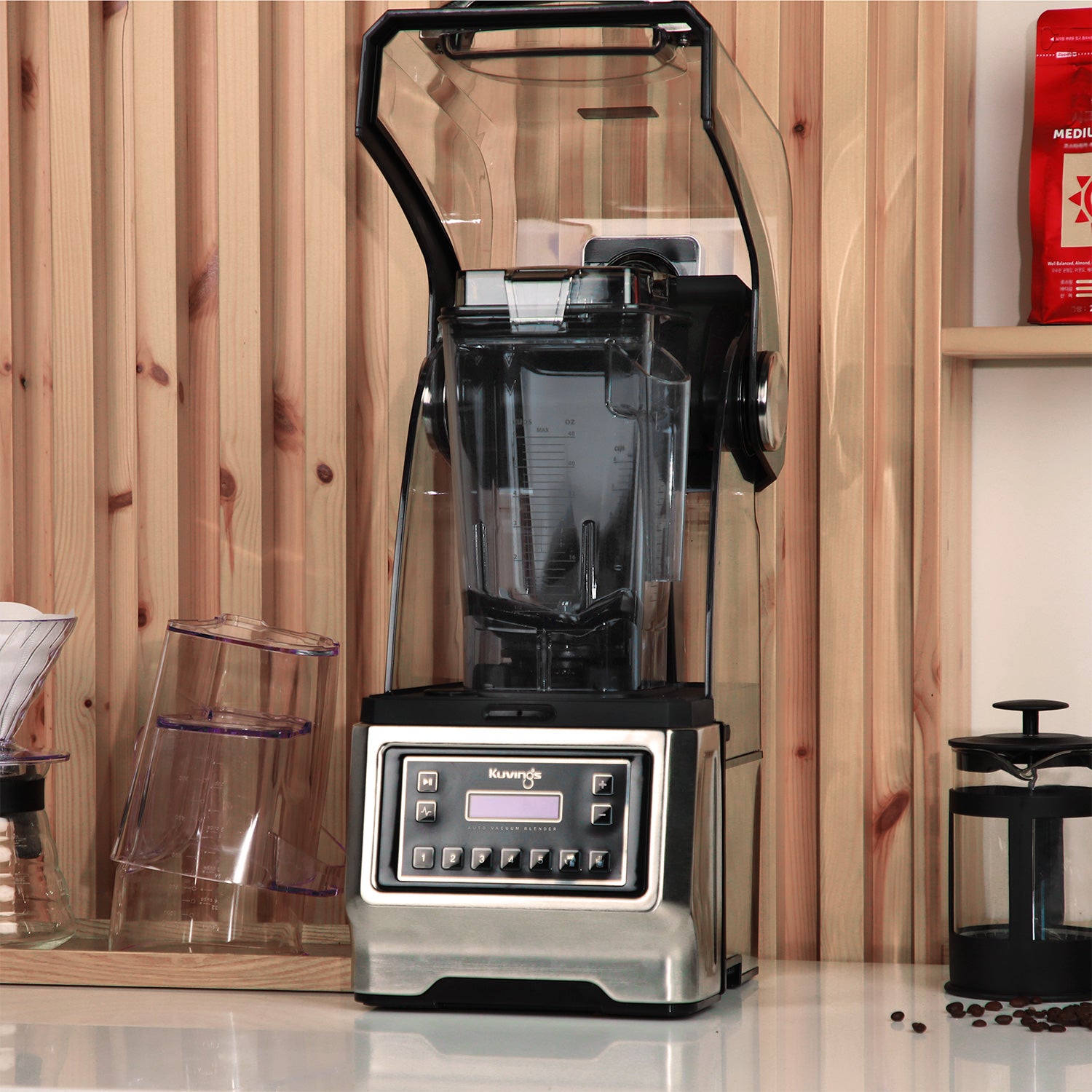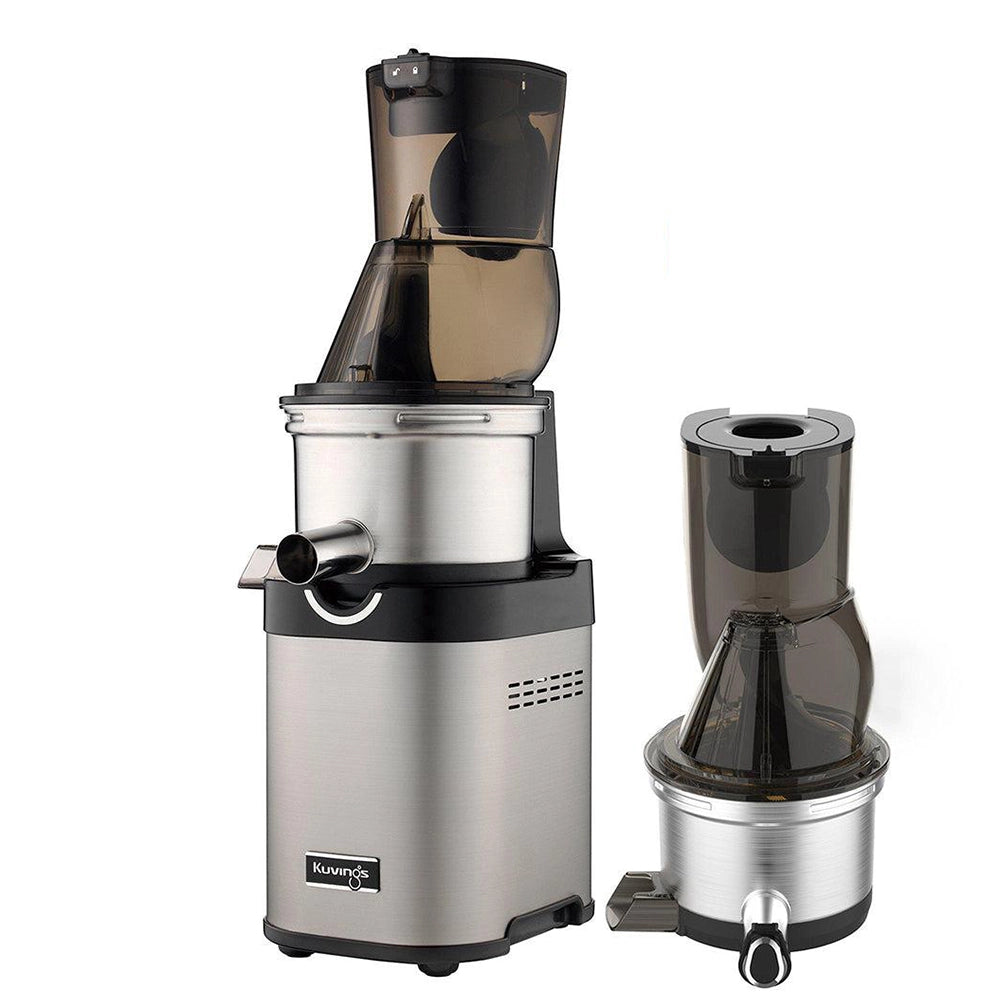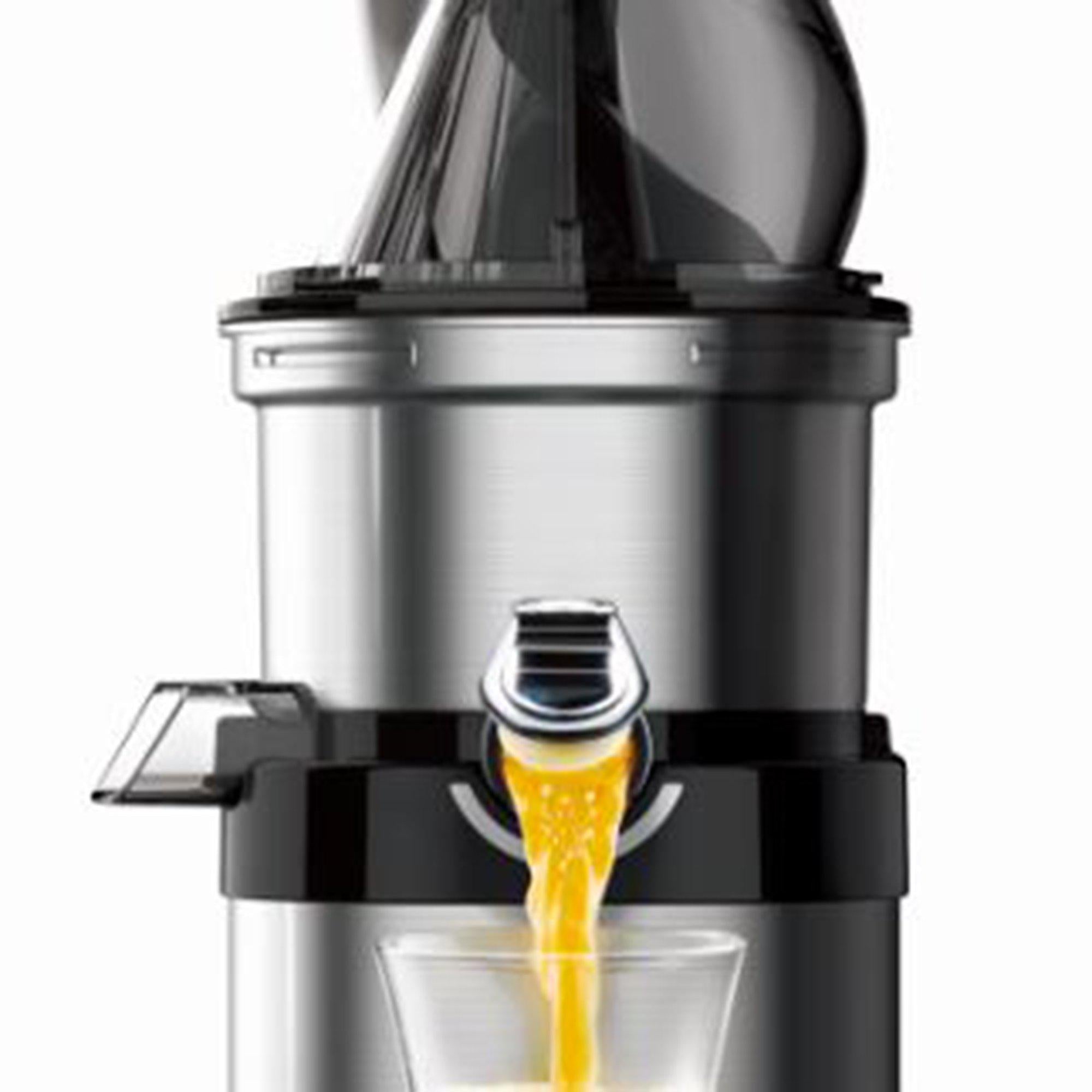Table of Contents
- Benefits of Juice
- Blending vs. Juicing
- Types of Juices
- Costs of Juicing
- Juice Pulp & Waste
- Types of Juicers
-
Time Spent Juicing
1. “Juice has no nutritional or health benefits.”
False! Nutrients, hydration, and consuming more fruits and vegetables are the benefits of juice.
The liquid content of fruits and vegetables makes up juice. Juices contain vitamins, minerals, and phytonutrients, which link to positive health effects, according to Melissa Montalto, MS, RD, CD. Juices are also high in water and provide electrolytes, so they help hydrate, says Maya Feller, MS, RD, CDN. Juice is a great way to increase nutrient intake and boost overall well-being!
Drinking juice is also easy and convenient, says Brittany Modell, MS, RD, CDN. This makes juice perfect for people who don’t eat fruits and vegetables as a way to incorporate them into their diet. An example we often mention is that drinking juice is easier than eating a bowl of kale!
If you’re curious about juice’s fiber and sugar content, read more in the following juicing myth. Also, read our respective fiber and sugar blogs.

2. “Blending is better than juicing.”
It depends on the person. Every person has different needs, so “whether juicing or blending is better for you largely depends on your health goals.” – Cynthia Sass, MPH, RD
People often associate juicing with juice and blending with smoothies, leading to comparisons. The main difference is that juicers separate juice and pulp, while blenders don’t. Therefore, juicers create smoother, pulp-free beverages, while blenders incorporate more insoluble fiber and texture.
Since the two machines produce different beverages, they suit different tastes and preferences. Juices and juicing are better for quicker nutrient absorption and digestion. On the other hand, smoothies and blending are better for people who prioritize fiber intake.
Some people also have health conditions that can affect their diet. For example, the CDC and UCSF Health recommend drinking juice for people with low blood sugar or hypoglycemia to raise their levels. The National Foundation for Cancer Research also says "juicing can be an excellent option" for cancer patients. Some cancers and treatments can make swallowing difficult, so consuming a light and nutritious beverage is easier.
If necessary, you can consult with a health professional. They may recommend either or allow you to juice and blend!

3. “All juices are the same.”
False! Fresh homemade juices use natural ingredients and taste better than store-bought juices. Also, cold-pressed juice lasts and keeps its state longer than juice that isn’t cold-pressed.
Juices on grocery store shelves often use juice concentrates. Juice concentrates are juice syrups diluted with water to make a juice consistency, which waters down the natural flavors. They also contain high fructose corn syrup, dyes, preservatives, and unfamiliar ingredients. These ingredients help juices retain their color and taste for an extended time, but are unhealthy.
On the other hand, fresh homemade juices are 100% juice. You choose your ingredients and don’t need to add water!
Harvard Health says fresh juices “retain more of a fruit's or vegetable's vitamins and minerals” than store-bought juices. Fresh juices also “don't have the added sugars or artificial sweeteners that most bottled juices contain.” Although fresh homemade juice has a shorter shelf life, it’s all-natural, tastes richer, and is healthier.
Another factor that impacts juice quality and shelf-life is whether the juice is cold-pressed. Cold-pressing leaves juice unheated and unpasteurized, slowing oxidation and retaining nutrients and color. Cold-pressed juice has less foam, a rich flavor, and a smooth texture. It also lasts up to 72 hours refrigerated.
Conversely, traditional juice isn’t cold-pressed. It has more foam, separates and oxidizes faster, and lasts only 24 hours.
Your best bet for high-quality, nutritious juice that will last is fresh cold-pressed juice!

4. “Juicing is too expensive.”
Juicing is an investment in better long-term health, which can save you money in the long run.
People committed to juicing can save hundreds of dollars yearly by juicing at home! The concept is the same as saving more money when you cook at home than ordering takeout or eating out! We’ll break down the numbers for you.
A cold-pressed juice brand sells an 18-pack of 12-oz celery lemon juices for $110. Each bottle costs $6.11. 3 bottles weekly would be $953.16 yearly.
Making a homemade 12-oz bottle requires a pound of celery and two lemons. According to the USDA, this would cost $3.03. 3 bottles weekly would be $472.68 yearly.
Purchasing a Kuvings juicer would make the initial investment more expensive. However, after the first year, you’d save $480.48 yearly. That’s more than 50% in savings! Find an in-depth breakdown in our Buying Juice vs. Juicing at Home blog.
Looking at the bigger picture, you also save money when you’re healthy! People who are sick pay hundreds or thousands for hospital bills and treatments. Juicing is a great way to help prevent poor health because of its nutritional properties, which we discussed in the first juicing myth.
While juicers and produce are an investment, they decrease your chances of getting sick and spending more money!

5. “Juicing is a waste of fruits and vegetables.”
Juicing isn’t wasteful when you extract all the juice and nutrients from your fruits and vegetables and reuse the juice pulp.
Many people juice for the nutrients in juice and value the nutrition over the pulp, so they don’t view juicing as wasteful. In fact, their version of waste is wet pulp. Wet pulp could signal that their juicer didn't extract all the juice and nutrients from the produce.
People who value insoluble fiber more than juice assume pulp is waste, but it's not! You can use juice pulp for baked goods, snacks, pet feed, and compost. Check our “What to Do with Juice Pulp & Nut Milk Pulp” blog for over ninety pulp recipes!
Another perspective on juicing and waste is that juicing actually reduces food waste! You can juice unused produce in your fridge or kitchen instead of throwing it away. If you're comfortable, you can also juice peels to decrease waste production.
Sustainable juicing is possible! You can juice without waste using the right juicer and all you have!

6. “All juicers are the same.”
False! All juicers make juice, but they’re not all the same. Higher-priced juicers are more durable and make juice of a higher quality than lower-priced juicers.
Generally, high-speed centrifugal juicers are cheaper than slow masticating juicers, drawing comparisons. High-speed juicers use a process that generates heat and air, so they don’t make cold-pressed juice. They’re also loud, only run for about a minute, and have short warranties, typically only a year.
Certified holistic nutritionist Carrie Forrest, MBA, MPH, CHN, compared both types and prefers to juice with a slow juicer. Forrest likes that slow juicers yield fresher, tastier juice with low oxidation and can juice both hard and soft produce to make green juice. Slow juicers are also cold-press, quieter, have 30-45-minute operation times, and have longer warranties.
But even slow juicers have their price differences, ranging from inexpensive to premium models.
Premium slow juicers use high-quality materials, are more durable, and are likely to last longer. They cover the motor and parts under a long warranty and produce higher juice yields and drier pulp. Some high-end brands offer attachments to make nut milks, sorbets, smoothies, and citrus juices.
Lower-priced slow juicers may boast a long warranty period, but there's usually a catch. The long warranty will only cover the motor, and they'll offer a shorter warranty for the parts. Note that between the motor and the parts, the latter likely need replacing first.
Many people who regularly juice with inexpensive models replace them after a year or two with another inexpensive model. This can create a cycle that results in spending more than one would've if they had bought a good juicer from the start. Everyone has different budgets and needs, but it's something to consider if planning to juice long-term.

7. “Juicing takes too long.”
Juicing is quick when you have the right juicer. Juicers of the past made juicing difficult, but the technology has evolved to make the process more effortless.
Many think juicing takes too long because of the chopping, feeding, clogging, and cleaning. You chop ingredients into small pieces, stand there, and feed them individually into a small chute. On top of that, juicers would clog and have many nooks and crannies to clean.
This view on juicing has been around for a long time because juicing has been like this for many years and decades. Thankfully, today's top juicer brands noticed these downsides and invented juicers with better designs.
Many slow juicers now have hoppers, or large circular containers, similar to blenders. Users can juice ingredients without chopping. They can load their ingredients at once instead of hand-feeding them. The improved parts also decrease the chances of clogging and speed up cleaning.
Juicing Then
|
Juicing Now
|
Less chopping, feeding, clogging, and cleaning greatly shorten juicing time. What took hours back then can now be as short as twenty minutes.
Don’t just take our word for it! Watch this video by Brandon Ahmaud documenting his entire juicing session with the Kuvings AUTO10 Plus.
REFERENCES:
Juicing vs. Blending – What’s the Difference? | The Whole U, University of Washington
Is Juicing Healthy? Registered Dietitians Explain | Nike
Juicing vs. Blending: Which Is Healthier for You? | Health
The Benefits of Juicing: Fact vs Fiction | National Foundation for Cancer Research
Treatment of Low Blood Sugar (Hypoglycemia) | U.S. Centers for Disease Control and Prevention
Treating Low Blood Sugar | University of California San Francisco Health
Are fresh juice drinks as healthy as they seem? | Harvard Health Publishing, Harvard Medical School
Celery Juice | Suja Organic
National Retail Report - Specialty Crops | USDA
Masticating Vs Centrifugal Juicers (How to Choose) | Clean Eating Kitchen
Image 2 by Freepik
Image 4 by Freepik
Image 5 by @sweets.and.others

